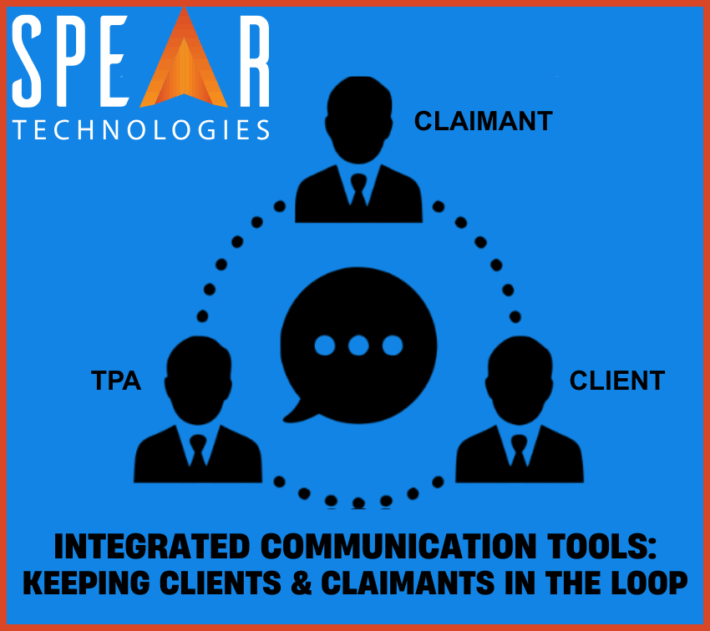7 Ways Robotics and Automation Systems Are Transforming Insurance

Robotics and Automation in Insurance
The insurance industry is experiencing a wave of digital transformation, and Robotics and Automation Systems are at the forefront of this evolution. By leveraging robotic process automation (RPA), artificial intelligence (AI), and advanced robotics, insurers can streamline operations, reduce manual workloads, and enhance efficiency across the insurance value chain.
Unlike traditional automation, modern robotics systems can adapt, learn, and optimize processes continuously, making them a powerful tool for insurers looking to improve decision-making and customer service while cutting operational costs.
When implemented effectively, robotics and automation help insurers drive profitability, enhance compliance, and deliver superior service to policyholders.
Key Applications of Robotics and Automation in Insurance
- Automated Claims Handling: Reduces processing time and improves accuracy.
- Fraud Detection and Prevention: Uses AI-driven automation to identify suspicious claims.
- Policy Administration Efficiency: Streamlines underwriting and policy management.
- Customer Engagement and Support: Enhances interactions with AI-powered chatbots.
- Regulatory Compliance Automation: Ensures adherence to industry standards.
- Risk Assessment Enhancement: Provides data-driven insights for better decision-making.
- Cost Reduction and Operational Optimization: Minimizes expenses through process automation.
By integrating Robotics and Automation into their workflows, insurers can increase productivity, accuracy, and customer satisfaction.
How Robotics and Automation Systems Are Transforming Insurance
Here’s how insurers can leverage automation to enhance operational performance and customer experience:
1. Automating Claims Processing and Settlement
Claims processing is one of the most time-consuming functions in insurance, but automation optimizes this process by:
- Using RPA to extract and validate claim data automatically.
- Automating fraud detection by cross-referencing claims with historical data.
- Accelerating settlement processes through AI-driven decision-making.
For example, automated claims triage systems can determine whether a claim requires manual review or can be processed instantly, leading to faster resolutions and higher customer satisfaction.
2. Enhancing Fraud Detection and Prevention
Insurance fraud costs the industry billions annually, but automation helps mitigate these losses by:
- Deploying AI-driven fraud detection algorithms that identify suspicious patterns.
- Automating anomaly detection in claims and underwriting processes.
- Flagging high-risk transactions for further investigation.
By integrating automated fraud prevention systems, insurers can proactively reduce fraudulent claims and financial losses.
3. Streamlining Underwriting and Risk Assessment
Underwriting relies on precise data analysis, and automation improves this process by:
- Leveraging AI and IoT data for real-time risk assessment.
- Automating data collection from various sources, reducing human intervention.
- Enhancing pricing models with dynamic risk evaluation.
For instance, automated underwriting systems can assess risk based on real-time driving behavior for auto insurance, ensuring more accurate policy pricing.
4. Improving Customer Experience with AI Chatbots
Customer expectations are evolving, and insurers can enhance engagement by:
- Deploying AI-powered chatbots for instant policy inquiries and claim updates.
- Using automation to personalize customer interactions and policy recommendations.
- Reducing call center workload by handling routine inquiries through virtual assistants.
For example, AI chatbots can guide policyholders through the claims process, reducing wait times and improving overall service quality.
5. Ensuring Compliance with Automated Regulatory Monitoring
Regulatory compliance is a critical challenge for insurers, but automation supports compliance efforts by:
- Automating documentation and audit trails for transparency.
- Using AI to detect compliance risks before they become violations.
- Streamlining reporting processes with automated data aggregation.
By embedding automation in compliance workflows, insurers can maintain regulatory adherence while reducing administrative burden.
6. Reducing Operational Costs and Increasing Efficiency
Automation systems help insurers optimize expenses by:
- Eliminating manual data entry and administrative redundancies.
- Enhancing process efficiency through RPA-driven automation.
- Reducing claim processing costs with AI-powered decision-making.
For example, insurers using robotic automation for back-office functions can significantly cut labor costs while improving accuracy and speed.
7. Enabling Usage-Based and Smart Policy Adjustments
Automation enables dynamic pricing and personalized policies by:
- Leveraging telematics and IoT data for real-time policy adjustments.
- Automatically adjusting premiums based on risk and behavioral insights.
- Offering incentives for proactive risk mitigation behaviors.
For instance, home insurers can integrate automation with smart home devices to offer policy discounts for customers implementing security systems or water leak detectors.
Real-World Applications in Insurance
Leading insurers are already leveraging Robotics and Automation to enhance their operations:
- AI-Powered Claims Adjudication: Reduces processing time and improves accuracy.
- Automated Risk Profiling: Enhances underwriting decisions with real-time data analysis.
- Intelligent Customer Support: Provides 24/7 assistance with AI-driven chatbots.
Challenges and Considerations
While Robotics and Automation offer transformative benefits, insurers must address key challenges:
- Integration with Legacy Systems: Ensuring seamless compatibility with existing infrastructure.
- Data Privacy and Security: Safeguarding customer data and maintaining regulatory compliance.
- Change Management: Training employees to work alongside automated systems.
Conclusion
Robotics and Automation Systems are revolutionizing the insurance industry by streamlining processes, reducing costs, and enhancing customer experiences. By strategically implementing automation-driven solutions, insurers can improve operational efficiency, drive profitability, and maintain a competitive edge. As technology continues to evolve, insurers that embrace automation will be best positioned for long-term success in a rapidly changing market.
Schedule a Demo to explore how SpearSuite™, our award-winning P&C insurance software suite, integrates robotics and automation capabilities for smarter underwriting, fraud detection, and claims automation.
To discover how Spear’s solutions can empower insurers of all sizes, Request Pricing today.



